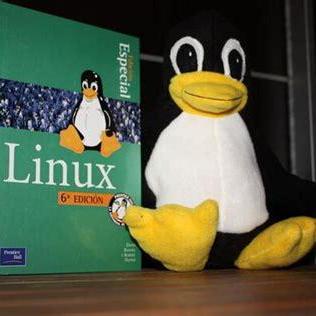I LOVE the Unity GUI. I think it was a carefully and considerately crafted user experience. Lomiri isn’t nearly so well-featured (yet?), but it keeps the design ethos.
The big idea, of course, was convergence… What a really good idea, for so many reasons! I still hope it will become a reality.
I don’t really get that. The Unity desktop experience can be replicated very well with both KDE and Gnome nowadays, so what does Unity offer apart from hemorrhaging developer resources?
The article answers none of the question I have after reading the title, as always.
Lomiri has actually very little to do with the original Unity7 as found in older Ubuntu Desktop releases. It is based on the newer qt based rewrite originally called Unity8, which is a mobile first and gesture based UI.
The idea is that this is a “desktop” primarily useful on touch input devices that are convergent, meaning you can plug in other input devices and a larger screen for example via a docking station and then use it as a regular desktop.
While Plasma Mobile has a similar goal as Lomiri, it is years behind in developmemt and only slowly catching up in terms of usability compared to Ubuntu Touch which uses Lomiri.



